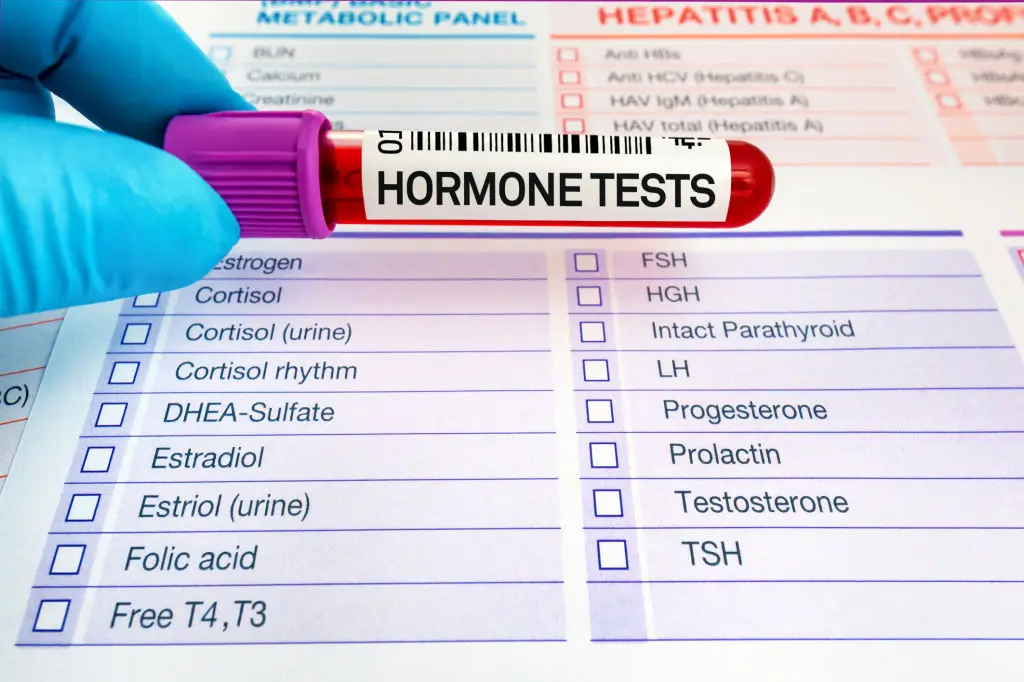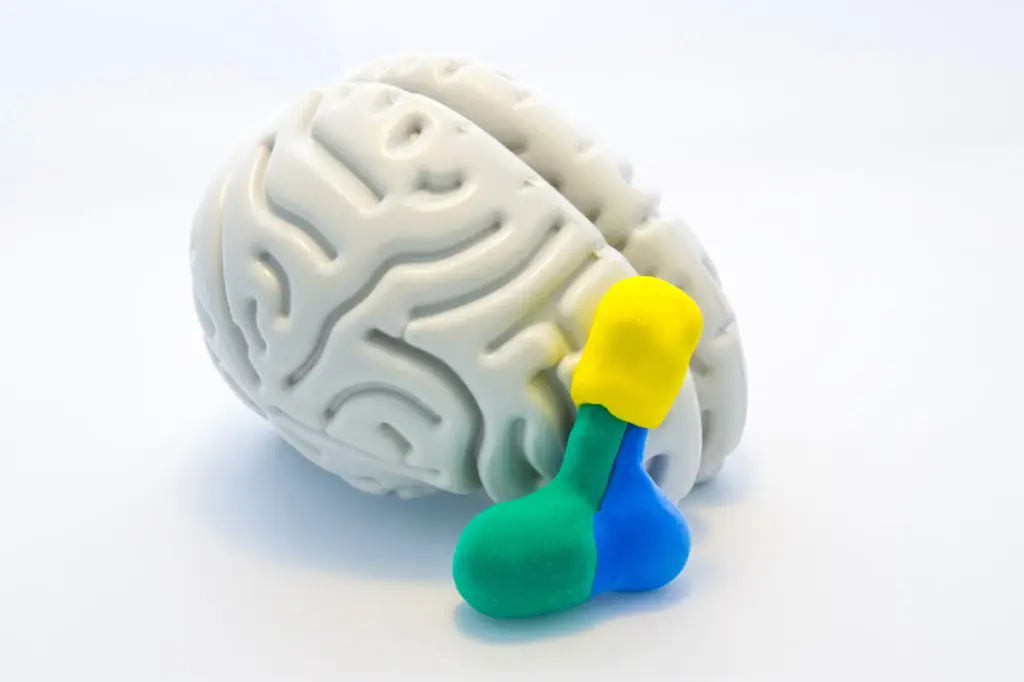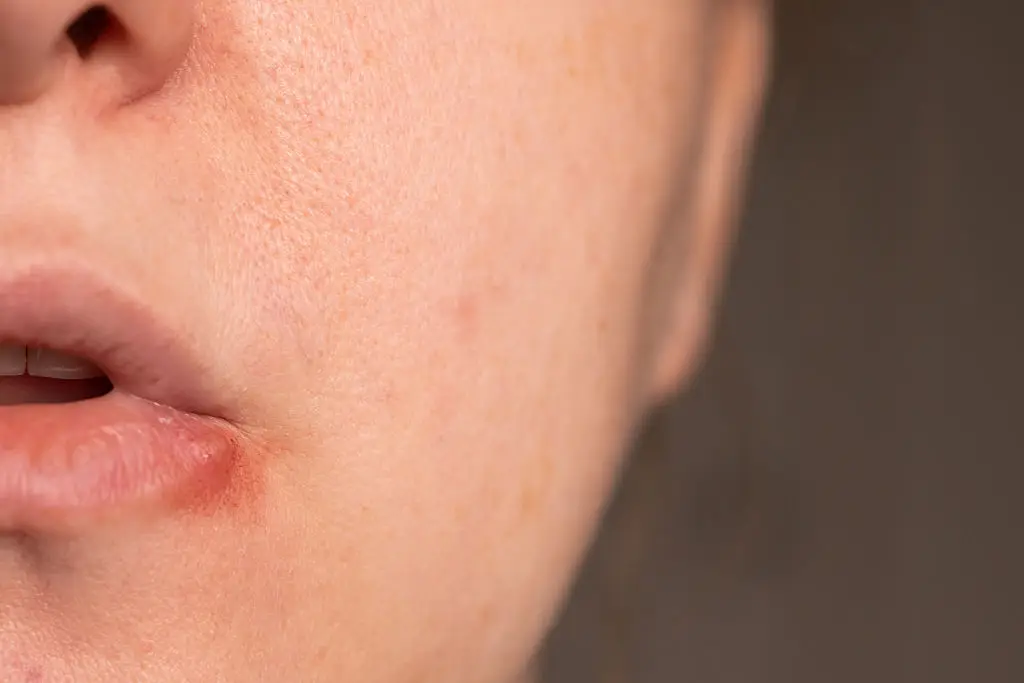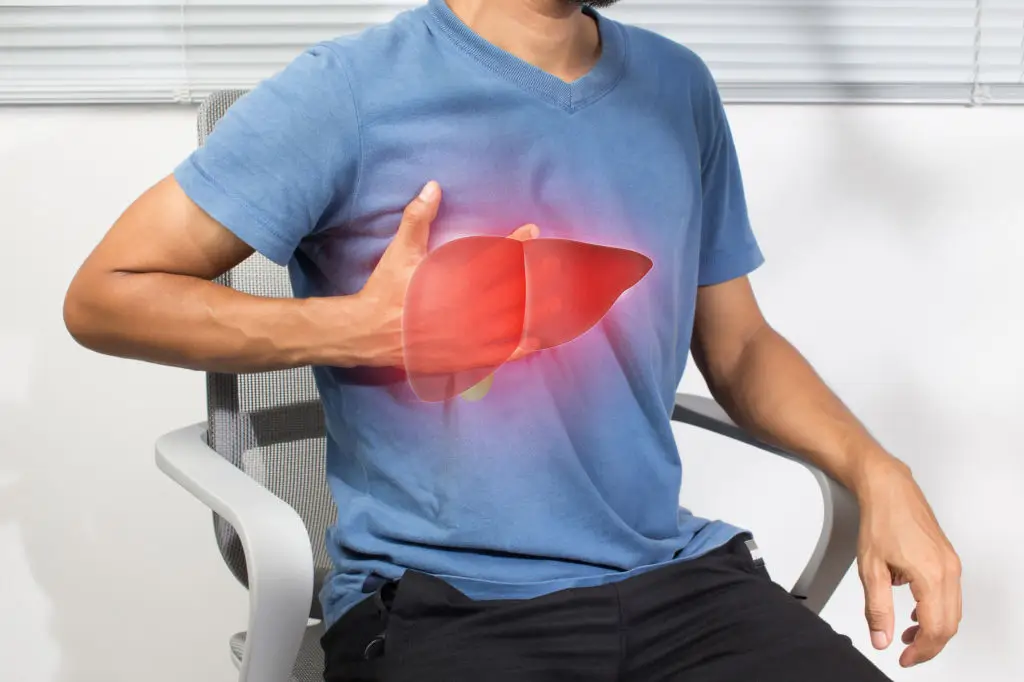12 Ways the Loneliness Hormone Fuels Inflammation and Disease
Feeling lonely isn't just an emotional experience — the brain treats social disconnection as a kind of threat, and that response reaches all the way into the body. Researchers distinguish social isolation (the objective state of being alone) from loneliness (the subjective distress of feeling alone). Both matter, but loneliness in particular lights up stress circuits and nudges hormones and immune signals into patterns that favor inflammation. Scientists such as the late Dr. John T. Cacioppo helped show loneliness is more than a mood — it's a measurable biological stressor. The National Institute on Aging highlights links between isolation, poorer health outcomes, and higher risk for chronic conditions. This article walks through a dozen specific ways loneliness alters hormones, gene activity, and immune markers — and it offers realistic steps to push biology back toward balance. Expect clear explanations about cortisol, oxytocin, inflammatory markers like CRP and IL-6, and the downstream effects on heart health, metabolism, sleep, and brain function. We'll end with practical strategies you can start using today or share with a friend or family member who needs support. Wherever you are with connection, small changes can help lower inflammation and protect long-term health.
1. Cortisol: The stress hormone that goes from helpful to harmful

Cortisol is the body's primary stress hormone — it helps in short bursts, steering energy where it's needed. When the brain interprets loneliness as a threat, cortisol releases more often. That makes sense for immediate challenges, but repeated spikes mean the body stays in a heightened state. Over time this pattern affects immune signaling, raises blood sugar, and interferes with sleep and mood. Studies summarized by authoritative sources show that chronic loneliness is linked with higher perceived stress and altered cortisol rhythms. Those altered rhythms predict poorer health outcomes because cortisol manages inflammation: too much or dysregulated cortisol fails to regulate inflammatory responses cleanly. For older adults, this repeated stress response can accelerate wear-and-tear across systems, increasing vulnerability to anxiety, depression, and cognitive difficulties. Practical actions — like brief social check-ins, structured routines, and stress-management practices such as paced breathing — can lower cortisol reactivity. These small, repeatable habits reduce the frequency of threat responses and help shift physiology away from a chronic stress pattern toward steadier, more restorative cycles.
2. Oxytocin: The bonding chemical that calms inflammation

Oxytocin is often called the "bonding" hormone because it supports connection, trust, and close social contact. When people share warm interactions — a hug, a heartfelt conversation, or cooperative activities — oxytocin release helps blunt stress and can exert modest anti-inflammatory effects. If loneliness reduces opportunities for those positive social cues, the protective buffering oxytocin provides is diminished. That doesn't mean a single missed hug will change your biology overnight, but chronic lack of meaningful contact reduces the frequency of oxytocin-driven calm. Research points to oxytocin as one pathway linking social connection with lower stress reactivity; it helps regulate autonomic balance and temper inflammatory signals driven by repeated threat responses. For practical use, think small: consistent, intentional rituals that involve other people — weekly phone calls, community groups, or volunteering — increase chances for oxytocin-friendly moments. For those with mobility or geographic limits, activities that still foster closeness, such as video chats that focus on sharing rather than multitasking, can help. These approaches make social contact more likely to produce the biological benefits tied to oxytocin.
3. Gene expression shifts that tilt the body toward inflammation

Beyond hormones, social adversity changes how genes behave. Research into social stress responses shows that prolonged loneliness can alter the activity of certain genes — increasing expression of pro-inflammatory genes and reducing expression of genes involved in antiviral defense. This pattern, described in scientific summaries, means the body leans toward a chronic inflammatory profile at the molecular level. Those shifts don't rewrite DNA; they change which genes are switched on or off in response to the environment. For example, white blood cells from people experiencing chronic social stress show a pattern that supports inflammation. That biological environment raises baseline inflammatory signaling and can make infections more severe or recovery slower. Understanding this helps explain why loneliness shows up across many disease pathways: the same molecular tilt toward inflammation influences heart health, metabolic regulation, and brain aging. The key takeaway is that social connection and stress reduction aren't just "nice to have" — they produce measurable changes in gene activity that favor health when repeated over time. Real-world steps to reverse these patterns include building regular social routines and stress-management practices that reduce sustained threat signaling.
4. CRP and IL-6: The blood signals of inflammation

When clinicians measure systemic inflammation, CRP (C-reactive protein) and IL-6 (interleukin-6) are two commonly used markers. Multiple studies have found higher average levels of these markers in groups experiencing chronic loneliness or social isolation. Elevated CRP and IL-6 are not diseases themselves; they are signals that the body is in an activated immune state. Persistent elevation links with higher risk for heart disease, some cancers, and metabolic problems. The relationship works both ways: chronic stress and loneliness raise inflammatory markers, and sustained inflammation worsens health outcomes. Importantly, the presence of elevated CRP or IL-6 doesn't mean an immediate diagnosis; it identifies increased risk and a need for preventive steps. For readers, knowing these markers exist helps make the biological story concrete. If you or a clinician are concerned, routine blood tests can check CRP, and sometimes IL-6 is measured in research or specialty settings. When levels are higher than expected, teams often focus on doable lifestyle changes — improved sleep, gentle regular exercise, and social engagement — that reliably lower those same markers over time.
5. Immune system wear-and-tear: slower healing and infection risk

Loneliness affects not just inflammatory markers but how the immune system performs. Research summarized by trusted health bodies links chronic social stress with weaker antiviral responses and slower wound healing. That means infections may take longer to resolve, vaccines may be slightly less effective in some cases, and recovery from injury can be delayed. The underlying biology includes both hormonal effects — such as dysregulated cortisol — and the gene expression shifts that favor inflammation over antiviral defense. Practically, this contributes to higher illness burden and prolonged recovery times in people who remain socially disconnected. That pattern is especially important for older adults, who already have age-related immune changes. The good news is that interventions that increase meaningful social contact and reduce chronic stress show improvements in immune markers in research settings. Simple actions like tending to social ties, improving sleep, and staying moderately active support immune resilience. These measures don't guarantee perfect protection, but they lower biological vulnerability in ways clinicians recognize as meaningful for long-term health.
6. Cardiovascular damage: blood pressure, inflammation, and plaque

Cardiovascular health is highly sensitive to stress and inflammation — two domains shaped by loneliness. Studies referenced by national health institutes link social isolation and loneliness with higher average blood pressure, greater inflammation, and increased risk for heart disease. The mechanisms include repeated sympathetic activation (the "fight or flight" side of the nervous system), cortisol-driven metabolic effects, and inflammatory signaling that contributes to plaque formation in arteries. Over time, these pathways increase the chance of hypertension, atherosclerosis, and coronary events. Behavioral patterns tied to loneliness, such as poorer sleep, less physical activity, and unhealthier diets, compound biological risks. For readers, that means emotional health and physical heart health are connected in measurable ways. Managing loneliness through social programs, meaningful relationships, and stress-reduction habits offers a dual benefit: easing immediate distress and lowering the inflammatory and hormonal drivers of heart disease. If you have existing cardiovascular risks, talk with your clinician about adding social health as part of a preventive plan along with standard medical strategies.
7. Metabolic effects: appetite, insulin resistance, and weight

Hormones and inflammation influence how the body manages energy. Chronic stress and elevated inflammatory signaling change appetite hormones and how tissues respond to insulin, making it easier over time to gain abdominal fat and develop insulin resistance. Loneliness contributes indirectly by promoting behaviors like comfort eating, less activity, and disrupted sleep. Those behaviors add to the biological nudge toward metabolic imbalance. When inflammation is ongoing, it interferes with insulin signaling and encourages fat storage in ways that raise diabetes risk. This doesn't mean loneliness will cause diabetes by itself, but it increases the odds when combined with other risk factors. The practical approach is twofold: address social disconnection and adopt metabolic-friendly habits that fit your life. Small steps — a daily walk with a friend, shared meal planning, or brief group activities — reduce isolation while improving metabolic signals. Clinicians increasingly recognize that social factors belong in metabolic risk conversations because they shape both behavior and underlying biology.
8. Sleep disruption: how poor rest magnifies inflammation

Sleep and social connection are tightly linked. People who feel lonely often report lighter, more fragmented sleep and higher perceived sleep disturbance. Even modest sleep disruption increases inflammatory markers like CRP and IL-6, and weakens the immune response. The combination of loneliness-driven stress and sleep problems creates a feedback loop: loneliness raises arousal at night, poor sleep increases daytime inflammation and stress reactivity, and that makes social engagement harder. Addressing sleep is therefore a high-yield place to reduce inflammation. Practical, low-barrier steps include consistent bed and wake times, a short pre-bed routine without screens, and daytime activity that supports fatigue at night. For people with chronic sleep problems, cognitive behavioral therapy for insomnia or a clinician-guided plan can produce larger effects. Because sleep directly modulates inflammation, improving rest also reduces multiple downstream health risks associated with loneliness.
9. Mental health cycles that feed physical illness

Loneliness raises the risk for depression and anxiety, and those mood disorders in turn increase inflammatory signaling and disrupt hormones like cortisol. That creates a self-reinforcing cycle: loneliness worsens mood, mood disorders amplify physiological stress, and increased inflammation makes recovery harder. The cycle helps explain why loneliness shows up in so many medical conditions, from heart disease to metabolic problems. Breaking the cycle helps both mental and physical health. Effective strategies include talk therapies that focus on social skills and cognitive patterns, group-based interventions that combine activity with interaction, and clinically indicated medications when appropriate. Importantly, small, consistent social practices — a brief daily call, joining a class, or volunteering — can lift mood and reduce isolation without requiring large time commitments. Framing these actions as self-care, not obligations, makes them more attainable and helps chip away at the biological burden.
10. Cognitive decline: inflammation and vascular pathways to dementia

Social engagement is one of the lifestyle factors that protects brain health, while loneliness is associated with higher risk of cognitive decline and dementia. The biological story likely involves inflammation and vascular changes that impair brain function over time. Chronic inflammatory signaling affects neurons and supporting cells, and vascular damage reduces blood flow to brain tissue. Both pathways make the brain more vulnerable to neurodegenerative processes. Evidence from population studies shows higher rates of cognitive decline among people with persistent loneliness or poor social networks. That means social connection is part of a broader brain-protection toolkit that also includes exercise, mental stimulation, and cardiovascular risk management. Practical steps to protect cognition include prioritizing meaningful social activities, joining peer groups, and keeping the brain engaged through learning or creative pursuits. These actions produce social, cognitive, and biological benefits that add up over the years.
11. Behavioral mediators: habits that compound inflammation

Some of loneliness's worst effects are not purely biological; they run through everyday habits. People who feel disconnected are more likely to smoke, drink in excess, eat comfort foods high in sugar and saturated fat, and move less. Those behaviors directly raise inflammation and interact with hormonal changes to worsen metabolic and cardiovascular health. On the positive side, behavioral pathways are highly modifiable. Interventions that combine social contact with healthy activities — a walking group, a cooking class, or buddy systems for medication or exercise adherence — tackle both the social need and the habit change at once. Because these solutions are practical and community-based, they fit a wide range of abilities and schedules. The key is to choose enjoyable, social behaviors that are realistic, so they're more likely to stick and produce lasting reductions in inflammation and disease risk.
12. Protective steps: realistic approaches to lower inflammation

Loneliness has measurable biological consequences, but it's also one of the more treatable risk factors when addressed with a realistic plan. National health authorities recommend a mix of social, behavioral, and clinical strategies. Social interventions include community programs, volunteer opportunities, and structured group activities that create repeated, meaningful contact. Behavioral approaches — improving sleep, moving regularly, and prioritizing nutritious shared meals — reduce inflammation and make social engagement easier. Clinical options include therapies that target loneliness-specific skills and, when appropriate, treatments for depression or anxiety. Technology can help bridge distance, but the focus should be on high-quality interactions rather than passive connection. For older adults or people with mobility limits, coordinated community services and "social prescribing" from health professionals can link individuals to local resources. The most effective plans combine small, sustainable practices with supportive systems so connection becomes a normalized part of daily life rather than a sporadic effort.
Bring connection into the picture to protect your health

Loneliness reaches past feelings to shape hormones, gene activity, and immune signals in ways that raise long-term disease risk. The picture can be sobering, but it also points a clear direction: increasing meaningful contact and reducing chronic stress are practical, evidence-aligned ways to lower inflammation. Start with small steps that fit your life — a weekly call with a friend, a local class, volunteering, or a short daily walk with a neighbor. Prioritize sleep and gentle movement, and consider structured programs or therapy if loneliness feels persistent or overwhelming. Health professionals increasingly recognize social health as part of preventive care; telling your clinician about loneliness can open pathways to community resources. These actions aren't quick fixes, but they add up. Over time, consistent social connection and stress reduction reshape the biology described above, easing inflammatory burden and improving both mental and physical well-being. Connection is preventive medicine that grows with use — a realistic, compassionate investment in long-term health.
